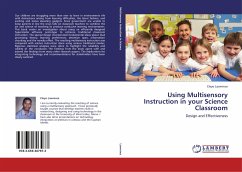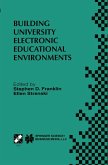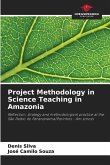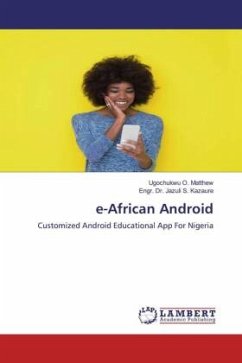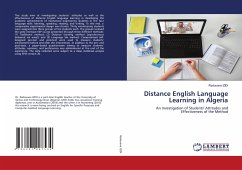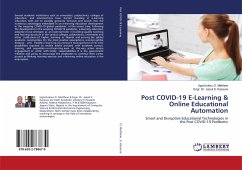Our children are struggling more than ever to learn in environments rife with distractions arising from learning difficulties, the latest fashion, and exciting and status elevating gadgets. Since government are unable to keep parents in line the onus falls on classroom teachers to combine the art and science of teaching to produce conducive learning environments. This book covers an investigation about using an efficiently designed hypermedia software prototype to enhance traditional classroom instruction. The special design incorporated fundamental ideas about dual processing theory, learning preferences, attention span, information chunking and the novelty effect. The resulting multisensory instruction was compared with science instruction done using various traditional modes. Rigorous statistical analyses were done to highlight the reliability and validity of the conclusion. The findings from the book agree with and extend the findings from many other research papers. The implications for integrating technology and recommendations for stakeholders have been clearly outlined.

